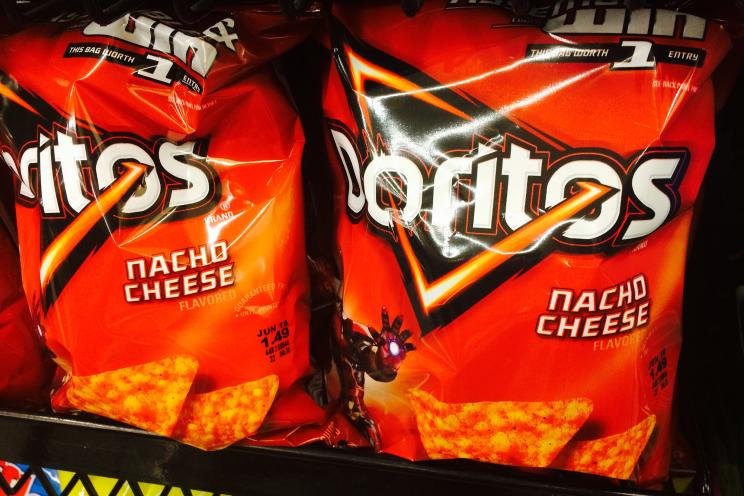The “food” of corporations.
The “food” of corporations.

Souce
How Doritos manage to make their nachos this reddish-orange color so Irresistible, this is one of the biggest problems with Doritos a team of scientists in Ontario fed this magical Doritos powder to a group of mice for 12 weeks.

Souce
This toxic additive is here in the ingredient list, right on the back of the bag, they don't even bother to hide it or call it something else, it's called red 40 this chemical called red 40 was the very ingredient that a team of scientists here in Ontario Canada fed a group of lab rats for those 12 weeks and researchers found that the mice consuming the highest amounts of Red 40 had higher levels of serotonin, which helps regulate intestinal muscle movements and absorption of nutrients and interfere with the healthy bacteria in the colon, leading to inflammation and ulcers in the digestive tract.
Souce
0
0
0.000
Because of this post, I also found out that food products containing both Sodium/Potassium Benzoate and Ascorbic Acid can react to produce Benzene. Luckily, I'm already in a 2-year divorce with junk foods since I left the city for my hometown.
Thank you very much for the support, we must spread this information and many other things that are killing us!!
Yeah, totally support exposing their hidden agenda. I went on almost 30 years knowing so little to nothing about these things, and we are just being fed with lies and poison "foods".
Wait til you start lookin into something called Senomyx. In fact, here:
https://www.kingdomclaritylabel.com/news/a-comprehensive-list-of-food-companies-and-products-that-use-senomyx
https://stopthecrime.net/sen.html @bntcamelo
Did they comment on the long term effects?
Or how long a human would have to eat the recommended amount to achieve the same results as in the test?
!PIZZA
Do you happen to know the Dorito Effect?